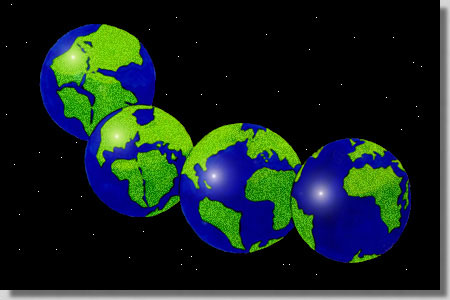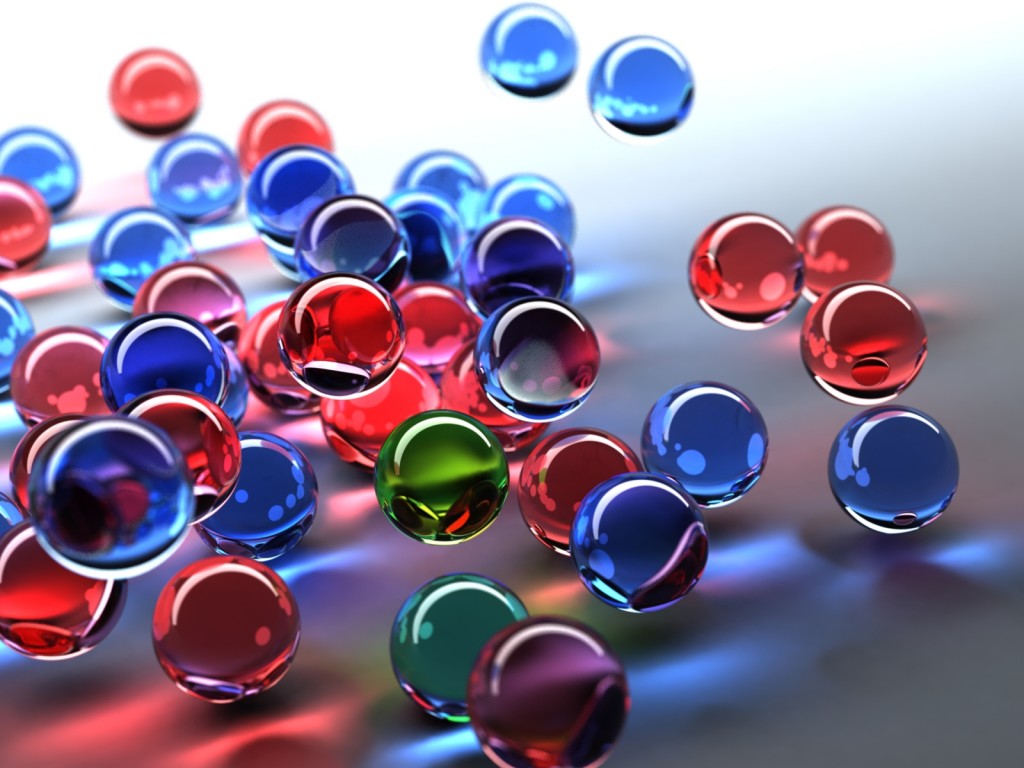Plate tectonics
The story of Plate Tectonics is an interesting story of continents drifting from place to place breaking apart, colliding, and rubbing against each other; of mountain ranges rising up like rumples in rugs being pushed together; of oceans opening and closing and undersea mountain chains surrounding the planet; of violent earthquakes and fiery volcanoes. Plate Tectonics describes the intricate design of a living planet.
Evidence of Plate Tectonics
Geographic Fit on the Continents. For Example, the continents look as if it was a big jigsaw puzzle.
Many fossils comparisons along the edges of continents that look like they fit together suggest species similarities that would only make sense if these continents fit together.
Same species of rocks were found were the continents looked as if it fit together.
Lithospheric Plates
Lithospheric plates are the plates that contain the fractured surface of the earth. Lithospheric plates are of two types: continental plates contain mostly of granitic-type rock rich in silica and aluminum (also called "sial") and oceanic plates contain mostly of basaltic-type rocks rich in magnesium and aluminum (also called "sima"). Earthquake and volcanic activity is common along the boundaries of lithospheric plates. They move about 1 centimeter a year.
Landforms that are created by plate tectonics
In convergent/destructive plate boundaries, two plates crash into each other. They may form mountains, mountain ranges, volcanoes and many other landforms.
In divergent/constructive plate boundaries, two plates move away from each other. This can form mid-ocean ridges, island arcs and many other landforms.










